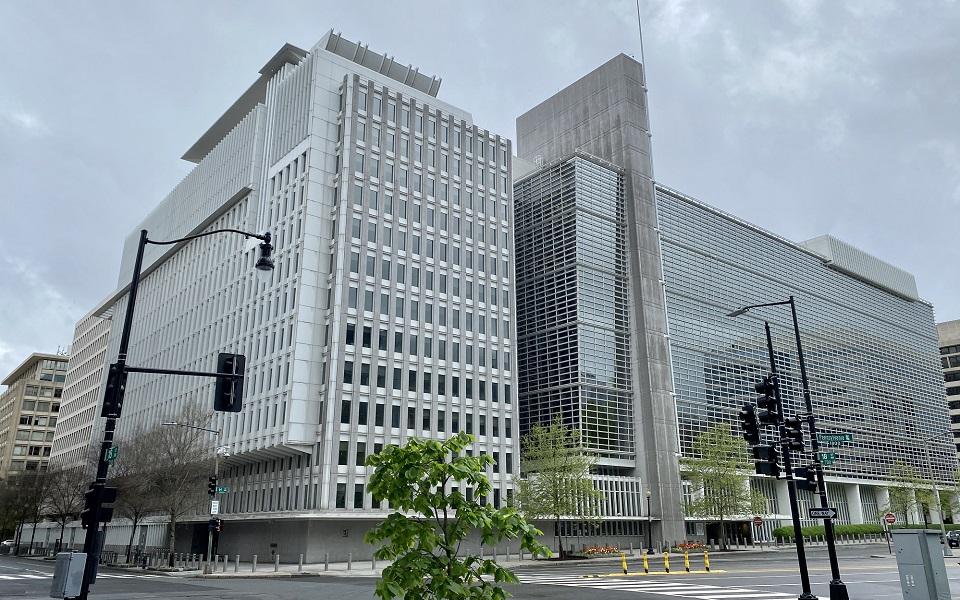PH to hit upper middle income status later than 2025 —World Bank

The Philippines will likely graduate to upper-middle income economy status later than the government’s target of hitting it by 2025, according to a senior economist at the World Bank.
“We do expect that the Philippines at its current growth rates is expected to cross the threshold in the next few years… it could be in the next, say, two to three years,” World Bank senior economist for the Philippines Ralph Van Doorn told reporters at a press briefing in Taguig City on Tuesday.
The government, however, is firm that the upper-middle income status could be achieved by 2025, banking on the economic growth target of 6% to 7%.
Asked if by 2025 the Philippines will join the upper-middle income bracket, Van Doorn said, “I think it will be later.”
“Yeah. We expect it to be in the next few years, maybe in two to three years. It's difficult to project exactly because we don't know whether the threshold will be adjusted,” the World Bank economist said, noting that the threshold in determining the income status of countries is being adjusted constantly.
GMA News Online reached out to National Economic and Development Authority Secretary Arsenio Balisacan for comment on the matter, but no response yet has been received as of posting time.
The Philippines remained as a lower-middle economy under the World Bank’s latest classification as the country’s gross national income (GNI) per capita at $3,950 in 2022 fell within the bracket for lower-middle income economies of $1,136 - $4,465 which was raised from $1,086 - $4,255 a year ago.
Similarly, data from the Philippine Statistics Authority showed the country’s GNI per capita (at current prices) stood at P241,165 in 2023, 14.7% from P210,228 in 2022.
For the current fiscal year 2024, the World Bank classifies low-income economies as those with a GNI per capita of $1,135 or less in 2022; lower middle-income economies are those with a GNI per capita between $1,136 and $4,465; upper middle-income economies are those with a GNI per capita between $4,466 and $13,845; high-income economies are those with a GNI per capita of $13,845 or more.
“The Philippines has been close to the threshold of becoming an upper middle income country already pre-pandemic, but then the growth contraction threw it off track,” Van Doorn said.
“Becoming an upper middle income country doesn't have any kind of concrete effects, other than the fact that the country will now be compared against a different group of countries. And it would be good for the government to start using those benchmarks to kind of set the ambitions even higher,” Van Doorn said.
For the risks of not becoming an upper middle income country over the next few years, the World Bank economist said that “it's kind of linked to the risks of growth itself and the risks to global conditions.”
“But I think, generally, I mean, the Philippines' growth has been steady and resilient and that means that we expect GDP per capita to continue increasing quite rapidly. And that will lead to attaining this status in the next few years,” Van Doorn said.
Currently, the Philippines is joined in the lower-middle income bracket by Vietnam ($4,010 GNI per capita); Laos ($2,360); Cambodia ($1,700); and Myanmar ($1,210).
It trailed behind its neighbors which are in the upper-middle income, namely: Malaysia ($11,780); Thailand ($7,230); and Indonesia ($4,580), which moved up this year from a lower middle income status.
Singapore ($67,200) and Brunei ($31,410) are in the high income bracket. — RSJ, GMA Integrated News




